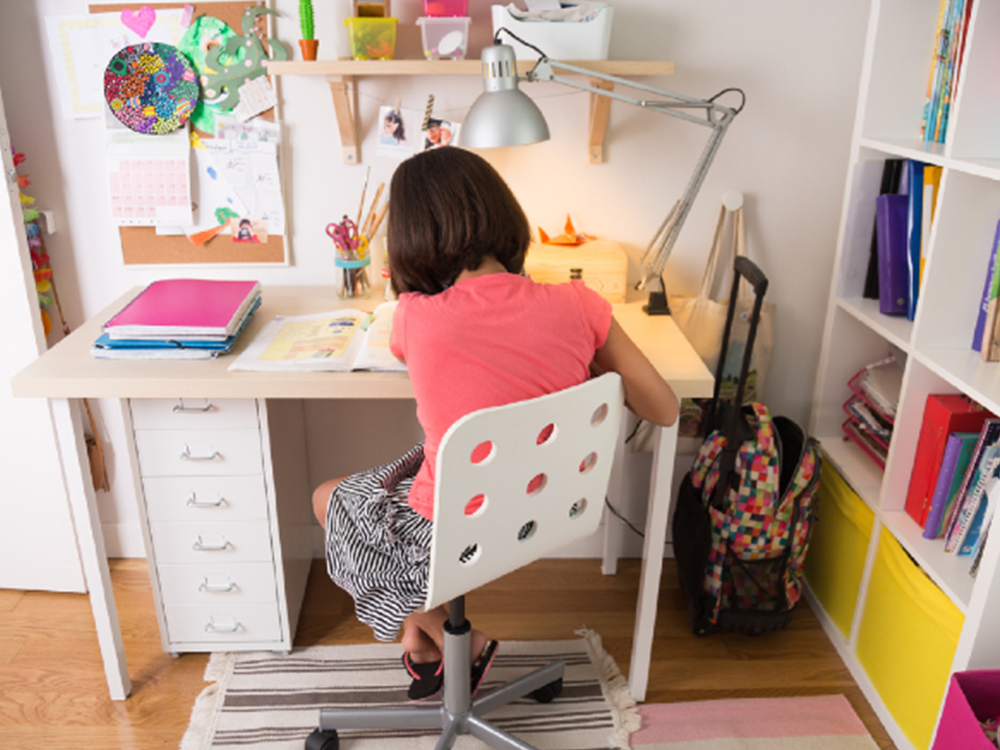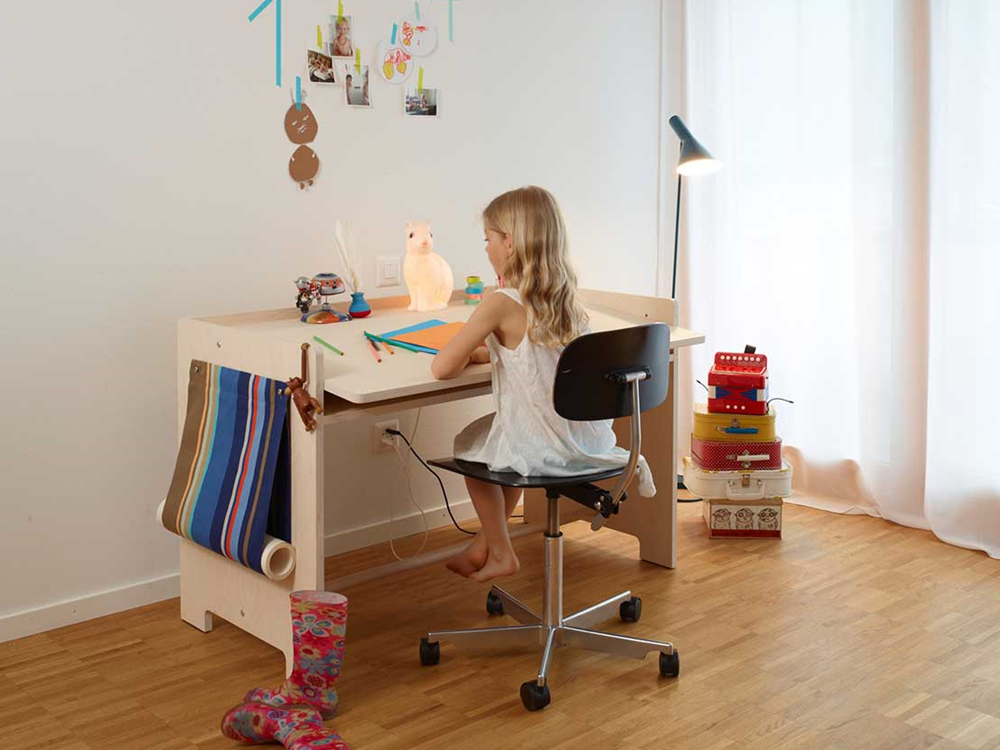Children’s desks are so popular in the marketplace today because of their compact size and attractive design. Children’s desks are designed specifically for use by children at school or at home, giving children an opportunity to work from the same level as other adults in their environment. While children’s’ needs are usually not considered when designing items for adults, this table has been carefully designed for children to enjoy using on a daily basis.
Tips to buy the best children’s desk
1. Material
The material of the children’s desk is one of the most important factors that distinguishes a good children’s desk from a bad one. The best material for children should be durable and soft, and can withstand heavy use by children at school.
2. Appearance
The appearance of children’s desks is also one of the most important issues to consider when purchasing a new desk for your child. A good-looking table will encourage your child to work on it, while a poor-looking table may discourage him or her from using it because it looks too dull and boring.

3. Size
The size of your child’s desk should be enough for them to have a comfortable time in terms of space for their belongings, computer and accessories. You should consider the height of children to be sure that the table will not compromise their sitting position or lead them to bump into some of the walls around their desk. The best choice is probably the one that can fulfill all your requirements, including the height needed by children.
4. Pedestal height that fits your child?
Depending on age, you need enough space for both you and your child to sit comfortably at one time without having to lean on the table or each other too much. An adjustable pedestal that can be adjusted according to height requirements is a good choice.
5. Style and finish
The style of the desk must also be appropriate for your child. Whether you want the desk to look classy, modern or simply simple, it will affect your child’s interest in using it as shown above. This can also help you to pick a table that meets your child’s personal preferences like color themes, shapes and patterns. For an adult head all over your perception of items could change dramatically, so having an open mind about what suits your child and where their interests lie is a good way to go about this process.

